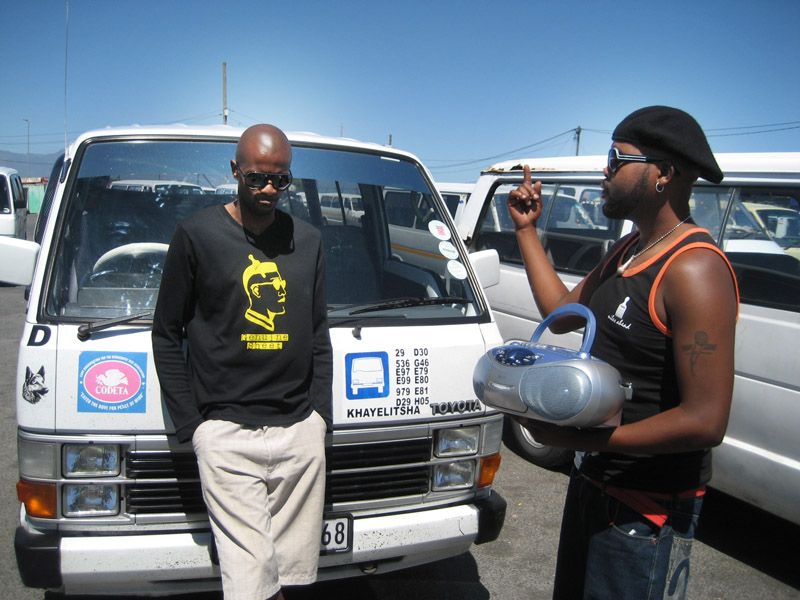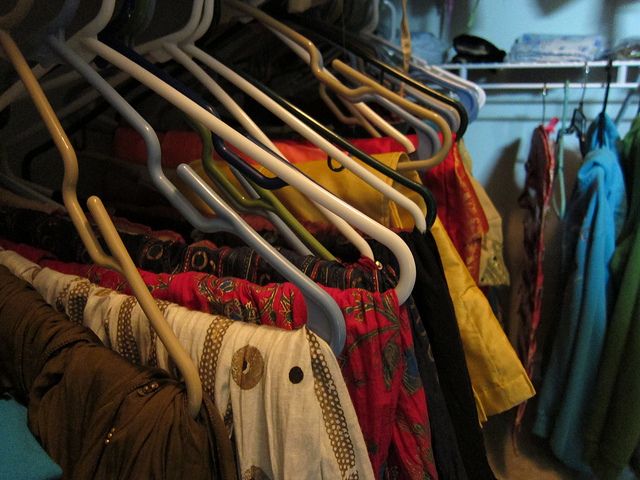Mr Philander's income: He works \(\text{20}\) days per month at a rate of \(\text{R}\,\text{500}\) per day.
\(\text{20}\) \(\times\) \(\text{R}\,\text{500}\) = \(\text{R}\,\text{10 000}\)
Additional income: Mr Philander owns additional property which he hires out to people at a fixed charge of \(\text{R}\,\text{2 500}\) per month.
\(\text{R}\,\text{2 500}\)
The monthly bond repayments are fixed at \(\text{R}\,\text{5 550}\) per month.
\(\text{R}\,\text{5 500}\)
The average amount spent on food each month comes to \(\text{R}\,\text{2 500}\). Mrs Philander believes that this should be increased by \(\text{10}\%\) due to recent food price increases.

\(\text{R}\,\text{2 500}\) + \(\text{R}\,\text{250}\) = \(\text{R}\,\text{2 750}\)
Mr Philander pays Edgars an amount of \(\text{R}\,\text{800}\) per month,. However, since he bought his children their school uniforms on account, he estimates that this amount will increase by a further \(\text{12}\%\).
\(\text{R}\,\text{800}\) + \(\text{R}\,\text{96}\) = \(\text{R}\,\text{896}\)
The school fees are \(\text{R}\,\text{1 200}\) per child per month.
\(\text{R}\,\text{1 200}\) \(\times\) \(\text{2}\) = \(\text{R}\,\text{2 400}\)
Transport costs are as follows: For the children: taxi fare per child = \(\text{R}\,\text{5,00}\) per trip to school and another \(\text{R}\,\text{5,00}\) each for the trip home. There are \(\text{20}\) school days in a month. Mr Philander first drives his wife to work and then goes to work himself. In the evenings he would pick her up and then drive home again. They both work \(\text{20}\) days per month. Mr Philander has noticed that his car uses an average of \(\text{4}\) litres of petrol per day each time he does this. On the other \(\text{10}\) days of the month, his car uses an average of \(\text{3}\) litres per day. The cost of petrol is \(\text{R}\,\text{10,50}\) per litre. Calculate the total amount that should be budgeted for transport.

Taxi fare: \(\text{R}\,\text{10}\) per day \(\times\) \(\text{2}\) children \(\times\) \(\text{20}\) days = \(\text{R}\,\text{400}\). Petrol: (\(\text{20}\) \(\times\) \(\text{4}\) litres \(\times\) \(\text{R}\,\text{10,50}\)) + (\(\text{10}\) \(\times\) \(\text{3}\) litres \(\times\) \(\text{R}\,\text{10,50}\)) = \(\text{R}\,\text{840}\) + \(\text{R}\,\text{315}\) = \(\text{R}\,\text{1 155}\)
The amount budgeted for entertainment is estimated at \(\text{5}\%\) of the combined income of Mr and Mrs Philander.
Total salaries = \(\text{R}\,\text{19 500}\). \(\text{5}\%\) of this is \(\text{R}\,\text{975}\).
Savings are currently \(\text{5}\%\) of Mrs Philander's income.
\(\text{5}\%\) of \(\text{R}\,\text{9 500}\) = \(\text{R}\,\text{475}\).
The amount budgeted for municipal rates is \(\text{5}\%\) of the total income earned by the Philander household.
Total income = salaries + additional income = \(\text{R}\,\text{19 500}\) +\(\text{R}\,\text{2 500}\) = \(\text{R}\,\text{22 000}\). \(\text{5}\%\) of this is \(\text{R}\,\text{1 100}\).
The fixed component of the electricity account is currently \(\text{R}\,\text{200}\) per month. The variable component is calculated as follows:The average amount of electricity consumed by the Philander household is \(\text{550}\) kilowatt hours per month at a rate of \(\text{R}\,\text{0,50}\) per kilowatt hour.
(\(\text{550}\) \(\times\) \(\text{R}\,\text{0,50}\)) =\(\text{R}\,\text{275}\)
Is the Philander family within budget? Explain your answer.

The total for fixed expenses is \(\text{R}\,\text{12 456}\). The total for variable expenses is \(\text{R}\,\text{5 630}\). So the total for all expenses is \(\text{R}\,\text{18 086}\). The total income for the household is \(\text{R}\,\text{22 000}\), so yes - they are within budget, because their income is greater than their total expenditure and they have a surplus of money.








